Contact Seller
Message.
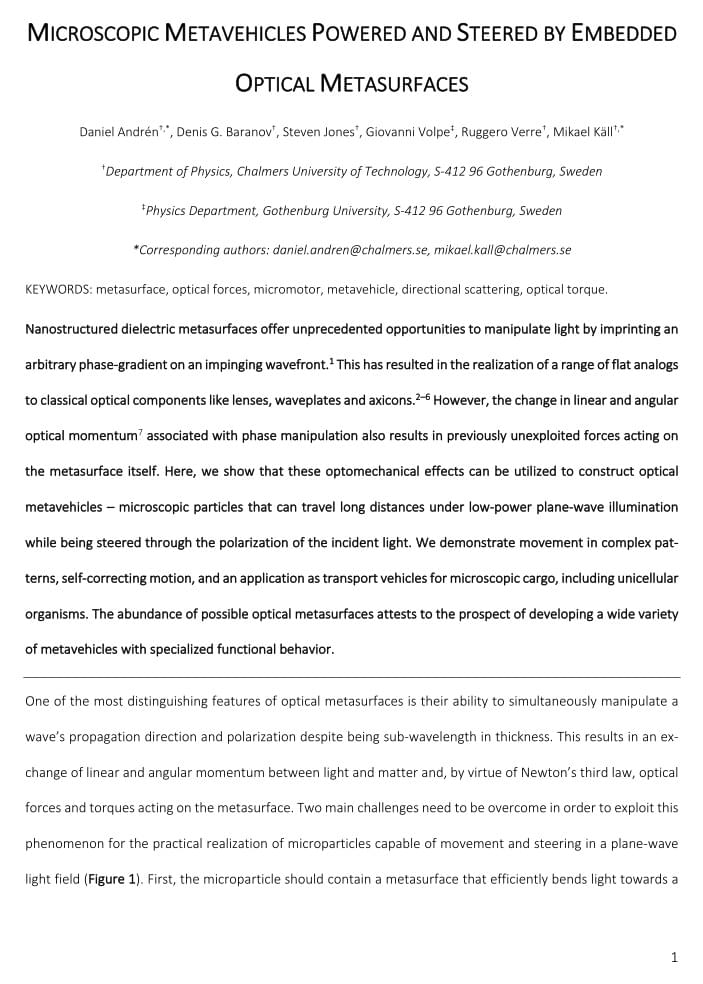
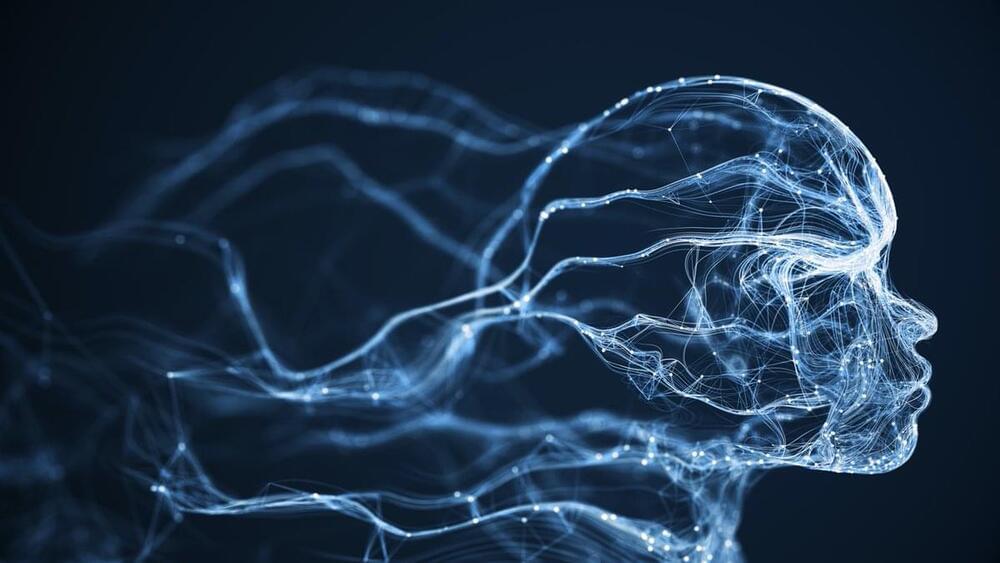
Imperial researchers have found that variability between brain cells might speed up learning and improve the performance of the brain and future artificial intelligence (AI).
The new study found that by tweaking the electrical properties of individual cells in simulations of brain networks, the networks learned faster than simulations with identical cells.
They also found that the networks needed fewer of the tweaked cells to get the same results and that the method is less energy-intensive than models with identical cells.
Full Story:
The research is published in Nature Communications.
Why is a neuron like a snowflake?

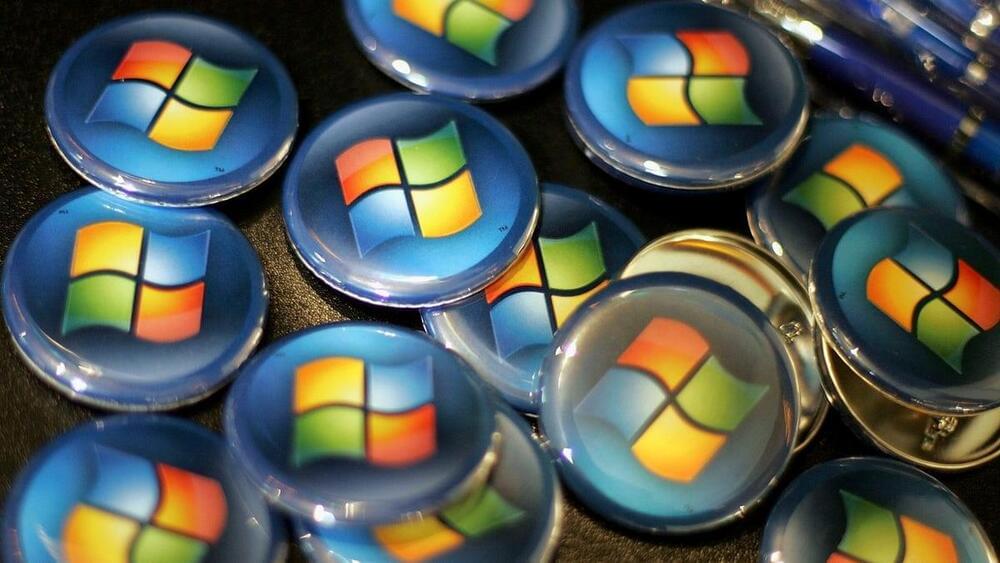
Back in June, the investor advocacy nonprofit As You Sow had filed a shareholder resolution with the Securities and Exchange Commission requesting that Microsoft examine the “environmental and social benefits of making its devices more easily repairable through measures such as the public provision of tools, parts, and repair instructions.” Prior to that resolution, Microsoft—like many tech companies—had essentially rigged the game so that its devices could only be fixed at authorized shops, effectively creating a monopoly on repairs that stifled consumer freedom and made everyone’s lives harder.
But on Thursday, Grist reported that Microsoft has now made a series of critical concessions as a result of that resolution, including a pledge to hire an independent consultant to study the ways increasing access to the parts and information could cut down on electronic waste and lessen damaging environmental impacts, and a commitment to acting on the findings of that study by the end of 2022.
“This is an encouraging step by Microsoft to respond to the upswell of federal and state activity in the right to repair movement,” Kelly McBee, waste program coordinator at As You Sow, said in a press release. “Excitingly, this agreement will begin to allow consumers to repair their Microsoft devices outside the limited network of authorized repair shops.”
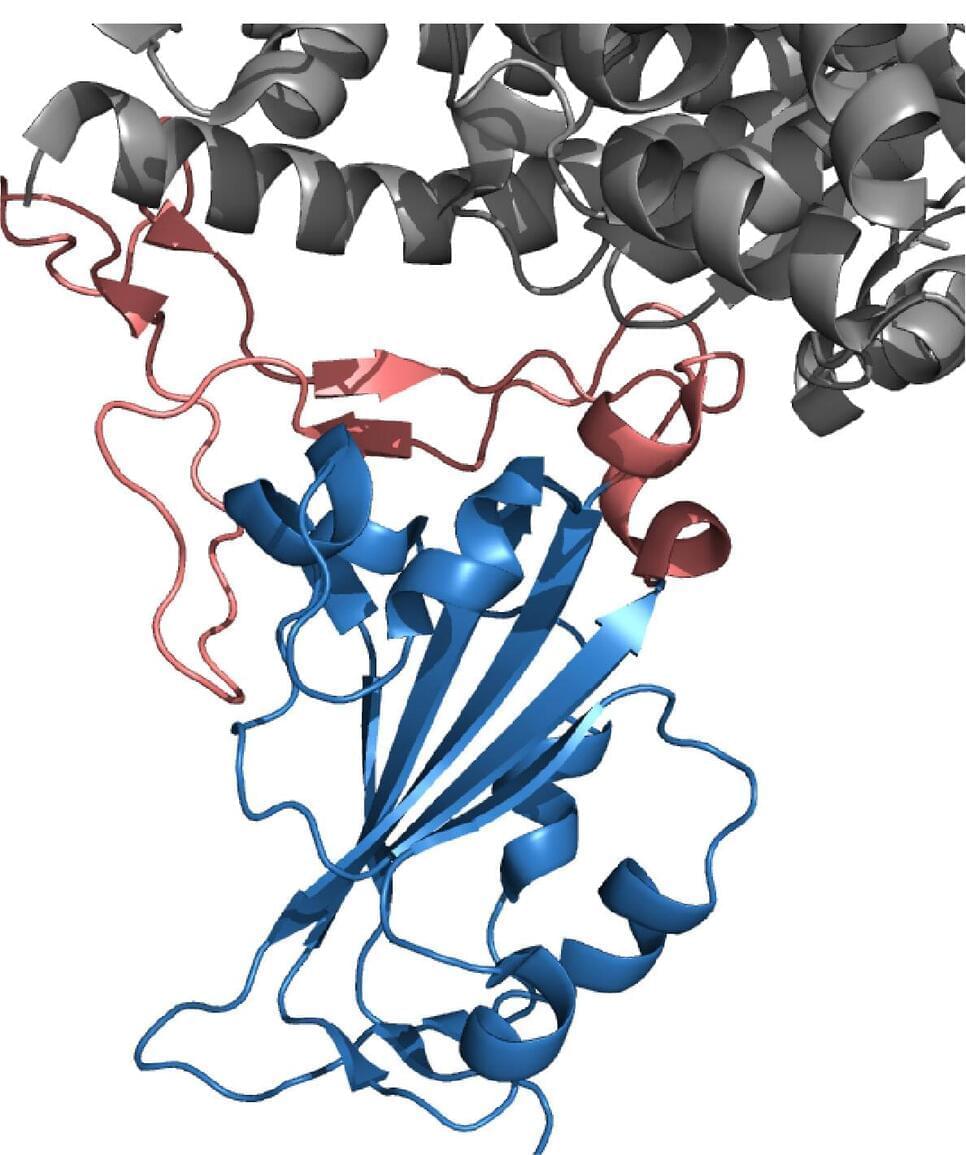
Researchers in Japan have developed a vaccination strategy in mice that promotes the production of antibodies that can neutralize not only SARS-CoV-2 but a broad range of other coronaviruses as well. If successfully translated to humans, the approach, to be published October 8 in the Journal of Experimental Medicine, could lead to the development of a next-generation vaccine capable of preventing future coronavirus pandemics.
The SARS-CoV-2 virus responsible for COVID-19 enters human cells by using its spike protein to bind to a cell surface receptor called ACE2. The receptor-binding domain of the spike protein consists of two parts: a “core” region that is very similar in all coronaviruses, and a more specialized “head” region that mediates binding to ACE2.
Antibodies that recognize the head region of the spike receptor-binding domain can block the entry of SARS-CoV-2 into cells but offer little protection against other coronaviruses, such as the SARS-CoV-1 virus responsible for the severe acute respiratory syndrome outbreak of 2002. Antibodies that recognize the core region of the spike receptor-binding domain, in contrast, can prevent the entry of various coronaviruses into human cells. Unfortunately, however, individuals exposed to the viral spike protein tend to produce lots of antibodies against the head region but few, if any, antibodies that recognize the core region.
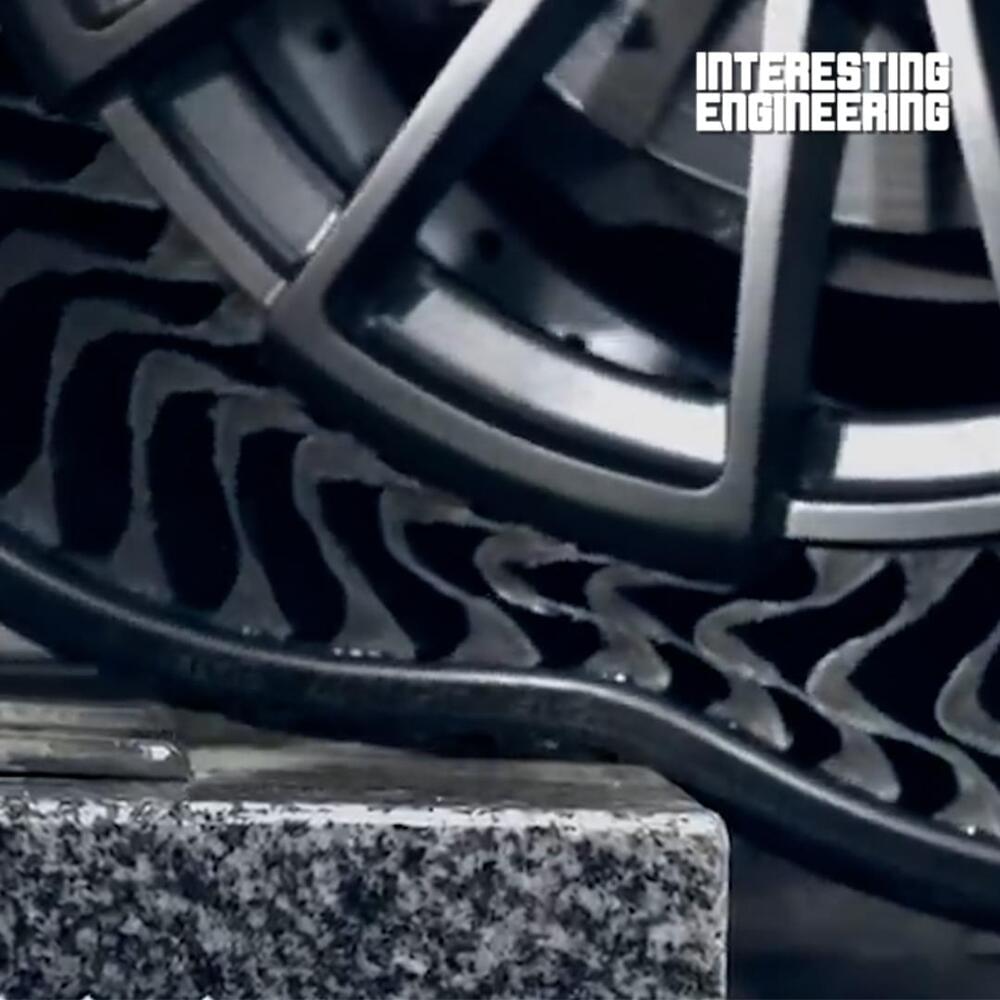
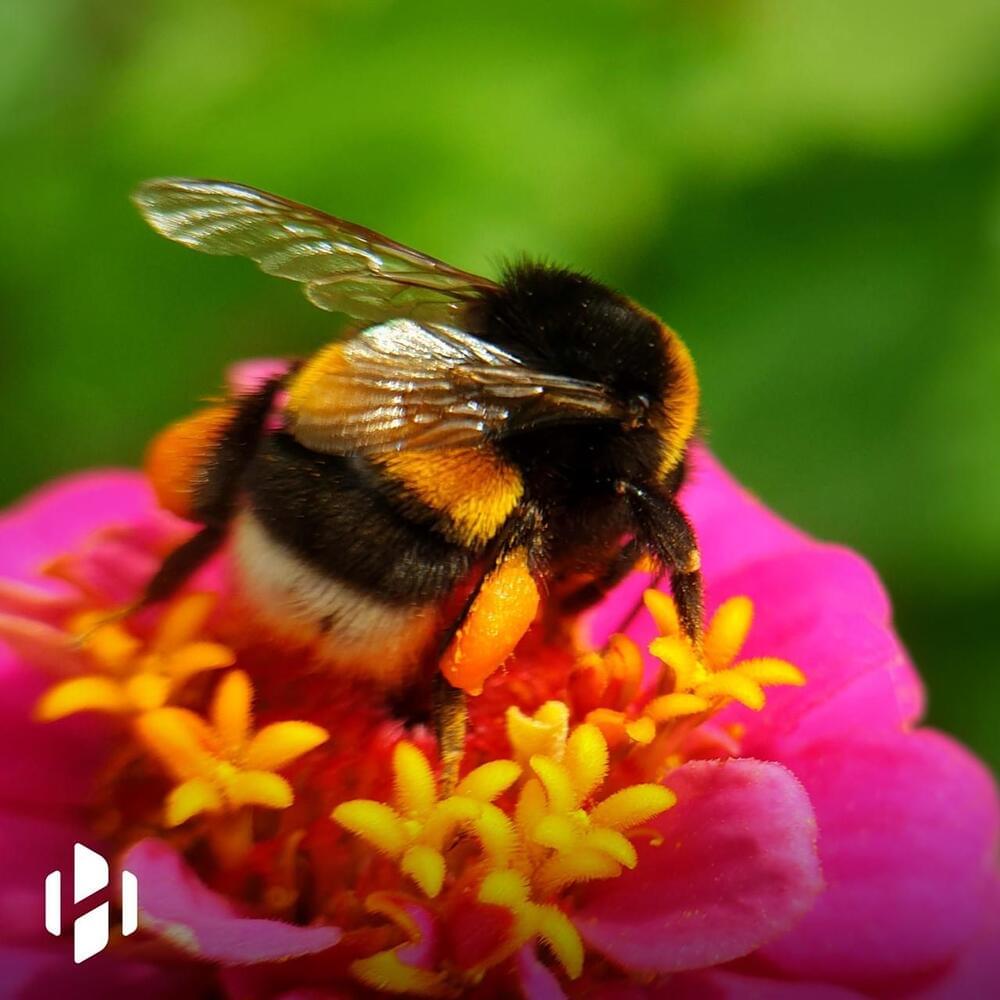


Support via Patreon: https://www.patreon.com/beautfc.
The Roads with Beau: https://www.youtube.com/channel/UC_x7nc3Vi4BPgmNnMsz774A
Check out the store. Stickers, mugs, hoodies, shirts, etc.
https://teespring.com/stores/beau-of-the-fifth-column.
Check out the podcast: https://anchor.fm/beau-of-the-fifth-column